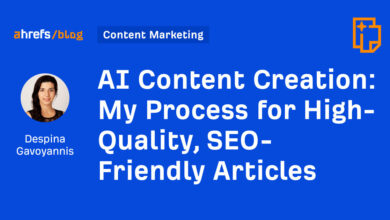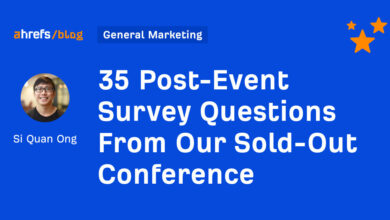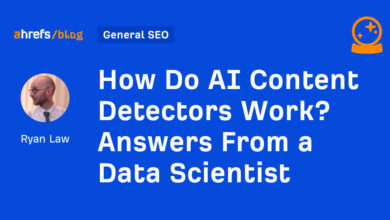Unlocking the Future: The Basics of Predictive Analytics

Predictive analytics is a powerful tool that allows organizations to extract valuable insights from data and make informed decisions about the future. By analyzing historical data and trends, predictive analytics can help businesses anticipate customer behavior, optimize operations, and mitigate risks. In this blog post, we will explore the basics of predictive analytics, its benefits, and how it can be applied in various industries.
What is Predictive Analytics?
Predictive analytics is the process of using data, statistical algorithms, and machine learning techniques to identify the likelihood of future outcomes based on historical data. By analyzing patterns, trends, and relationships in data, predictive analytics can help organizations make informed decisions and improve business outcomes.
How Does Predictive Analytics Work?
The predictive analytics process typically involves the following steps:
- Data Collection: Gathering relevant data from various sources, such as customer transactions, social media, and sensors.
- Data Cleaning: Preparing and cleaning the data to ensure its accuracy and consistency.
- Feature Selection: Identifying the most important variables that will be used in the predictive model.
- Model Building: Using statistical algorithms and machine learning techniques to build a predictive model.
- Evaluation: Testing the model’s accuracy and performance using historical data.
- Deployment: Implementing the predictive model into business processes to make data-driven decisions.
Benefits of Predictive Analytics
There are several benefits to implementing predictive analytics in an organization, including:
- Improved Decision-Making: Predictive analytics can help businesses make informed decisions based on data-driven insights.
- Optimized Operations: By forecasting trends and patterns, organizations can optimize their operations and resources.
- Increased Efficiency: Predictive analytics can automate processes and identify opportunities for improvement.
- Enhanced Customer Experience: By understanding customer behavior, organizations can personalize their offerings and improve customer satisfaction.
- Risk Mitigation: Predictive analytics can help organizations identify and mitigate risks before they occur.
Applications of Predictive Analytics
Predictive analytics can be applied in various industries and use cases, including:
- Marketing: Predictive analytics can help businesses target customers more effectively and personalize marketing campaigns.
- Finance: Predictive analytics can be used to detect fraud, manage risk, and forecast financial trends.
- Healthcare: Predictive analytics can improve patient outcomes, optimize resource allocation, and predict disease outbreaks.
- Retail: Predictive analytics can help retailers optimize inventory levels, forecast demand, and personalize customer recommendations.
- Manufacturing: Predictive analytics can improve production efficiency, reduce downtime, and optimize supply chain management.
FAQs
What is the difference between predictive analytics and other types of analytics?
Predictive analytics focuses on predicting future outcomes based on historical data, while other types of analytics, such as descriptive and diagnostic analytics, focus on analyzing past and current data to understand what happened and why.
Is predictive analytics only for large organizations?
No, predictive analytics can be beneficial for organizations of all sizes. Many software solutions and tools are available that cater to small and medium-sized businesses.
How accurate are predictive analytics models?
The accuracy of predictive analytics models depends on the quality of data, the variables used in the model, and the algorithms employed. It is essential to validate and refine predictive models regularly to improve their accuracy.
How can I get started with predictive analytics?
To get started with predictive analytics, organizations should first identify their business objectives and the data sources available. They can then explore predictive analytics tools and software solutions that align with their needs and budget.
Overall, predictive analytics is a valuable tool that can help organizations unlock the future by making data-driven decisions. By understanding the basics of predictive analytics, businesses can harness the power of data to drive innovation and growth.




